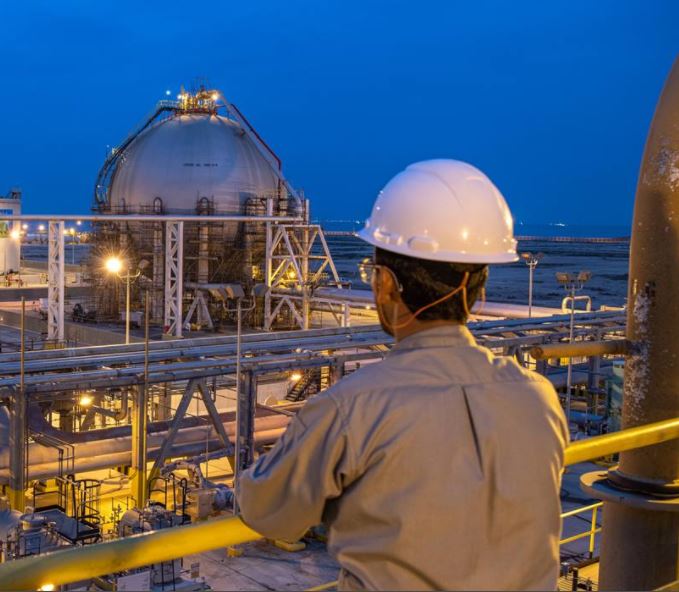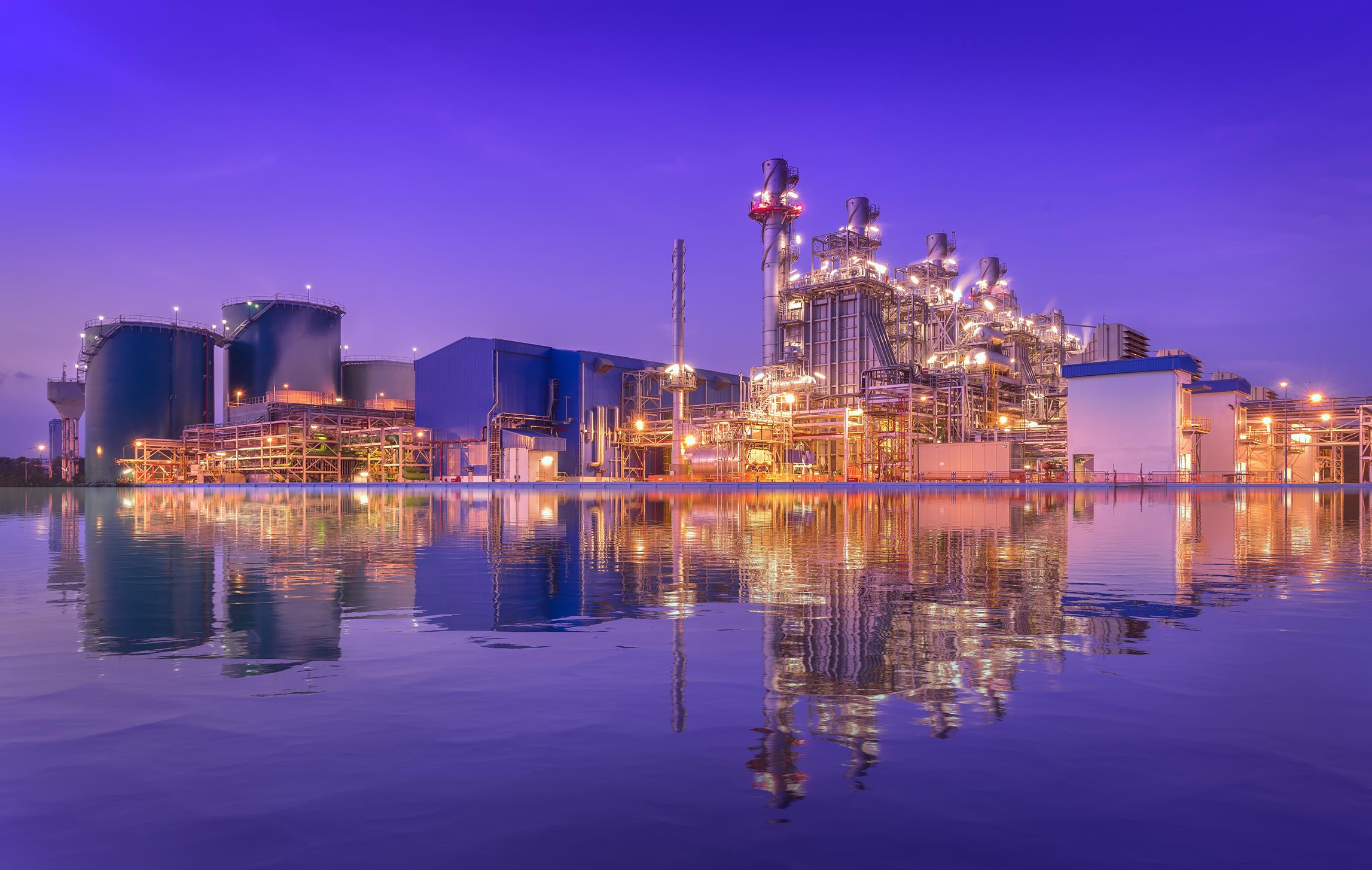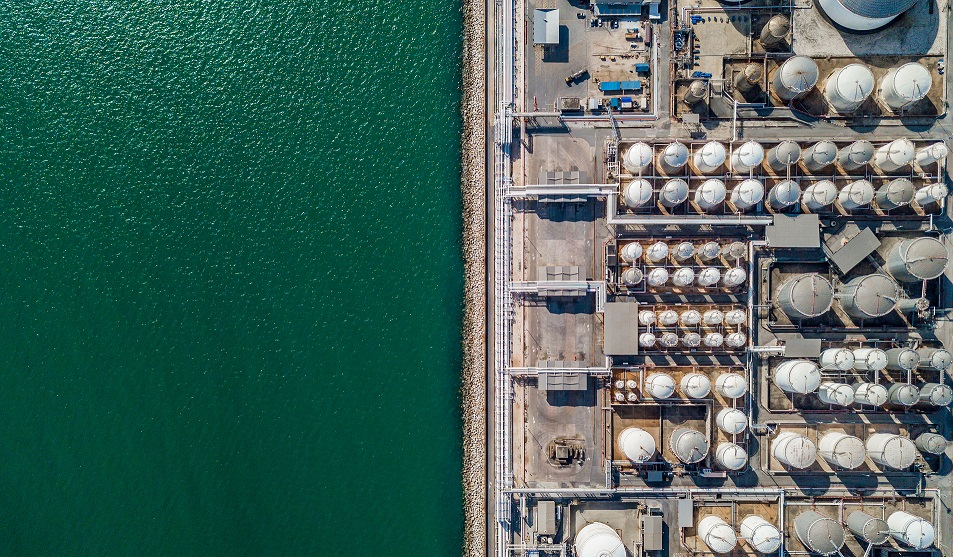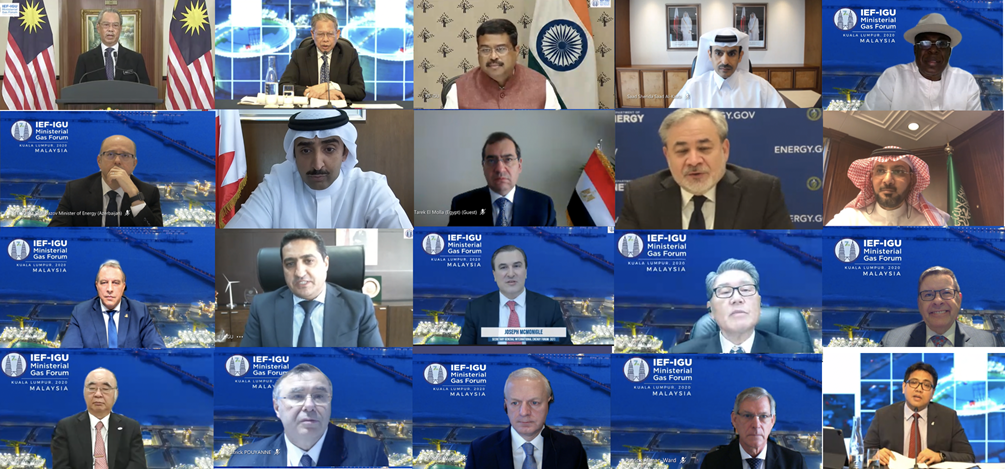Gas demand for power generation consumed above 13bcfd in 2020, representing almost 50% of the total demand in the Gulf Cooperation Council countries. It is expected that this demand will increase by 14% by 2029.
That’s according to data and analytics company GlobalData, who said the transition from oil to gas for less carbon-intensive power generation has begun in the GCC region. In Saudi Arabia and Kuwait, gas demand for power is set to increase by 15% and 19% respectively by 2030.
While key countries in the GCC, such as Saudi Arabia and Kuwait, choose to exploit their large gas reserves as a strategy for supplying future demand, others such as the UAE have commenced their transition to a less carbon-intensive energy strategy, adopting nuclear and renewables over gas to fuel power demand growth, according to GlobalData.
With a share of almost 50%, power generation clearly drives the demand for gas in the GCC and with an expected increase of above 14% in gas demand by the end of the decade, there is nothing to indicate that this trend will change in the coming years.
It is expected that countries that have had oil as their main source of power generation will see continued switching to gas for less carbon-intensive power generation. This is true for Saudi Arabia and Kuwait as both countries expect increases in gas demand for power generation of 15% and 19%, respectively, by 2030.
Santiago Varela, Oil & Gas Analyst at GlobalData, comments: “With a forecast increase of 10% in market share, gas continues to consolidate in the power mix of Saudi Arabia and that share is expected to reach 60% by 2030. However, further upstream gas developments may support faster switching to gas, providing additional demand growth.
“However, not all members of the GCC share the same strategy to fulfil their growing power demand. The UAE is close to achieving gas self-sufficiency and is investing in alternative energy sources to support the increasing power demand in the long term.”
Despite a growing trend in power demand, major nuclear and renewable energy projects may limit gas demand for power over the coming decade. In this regard, the first nuclear plant in the UAE came online after nine years of construction and three more are under construction, each one will have a capacity of 1.4 GWh. Until April 2021, the UAE was the country with the largest nuclear capacity under construction after China.
Varela adds: “This strategy will undoubtedly have immediate implications on several fronts. In the short term, it calls into question the gas projects in the country that await the green light. While in the long term, it also puts at risk the contract of pipeline gas with Qatar.
“Even though within the GCC countries the strategies on their future power mix may vary, the global tendency to less carbon-intensive power generation does not escape the region. With large gas reserves, each country evaluates how to exploit them with major new projects. However, for those countries which lack significant export capacity, the potential to maximize their use is likely to depend significantly on internal demand, mainly from the power sector.”





